Éclairage sur la balance commerciale 2023 : entre défis énergétiques et résilience sectorielle, le déficit s’installe
By Manon Madec
Le solde commercial de la France, qui a atteint son plus bas niveau historique en 2022, s’améliore légèrement en 2023 grâce à la baisse des prix de l’énergie. Cette tendance est soutenue par des exportations dynamiques dans les secteurs de spécialisation de la France ainsi que des services. Le déficit reste important, bien supérieur à celui affiché par nos voisins européens. À l'échelle de l'UE, la baisse des prix de l'énergie conduit au rétablissement d'un excédent commercial.




.png)


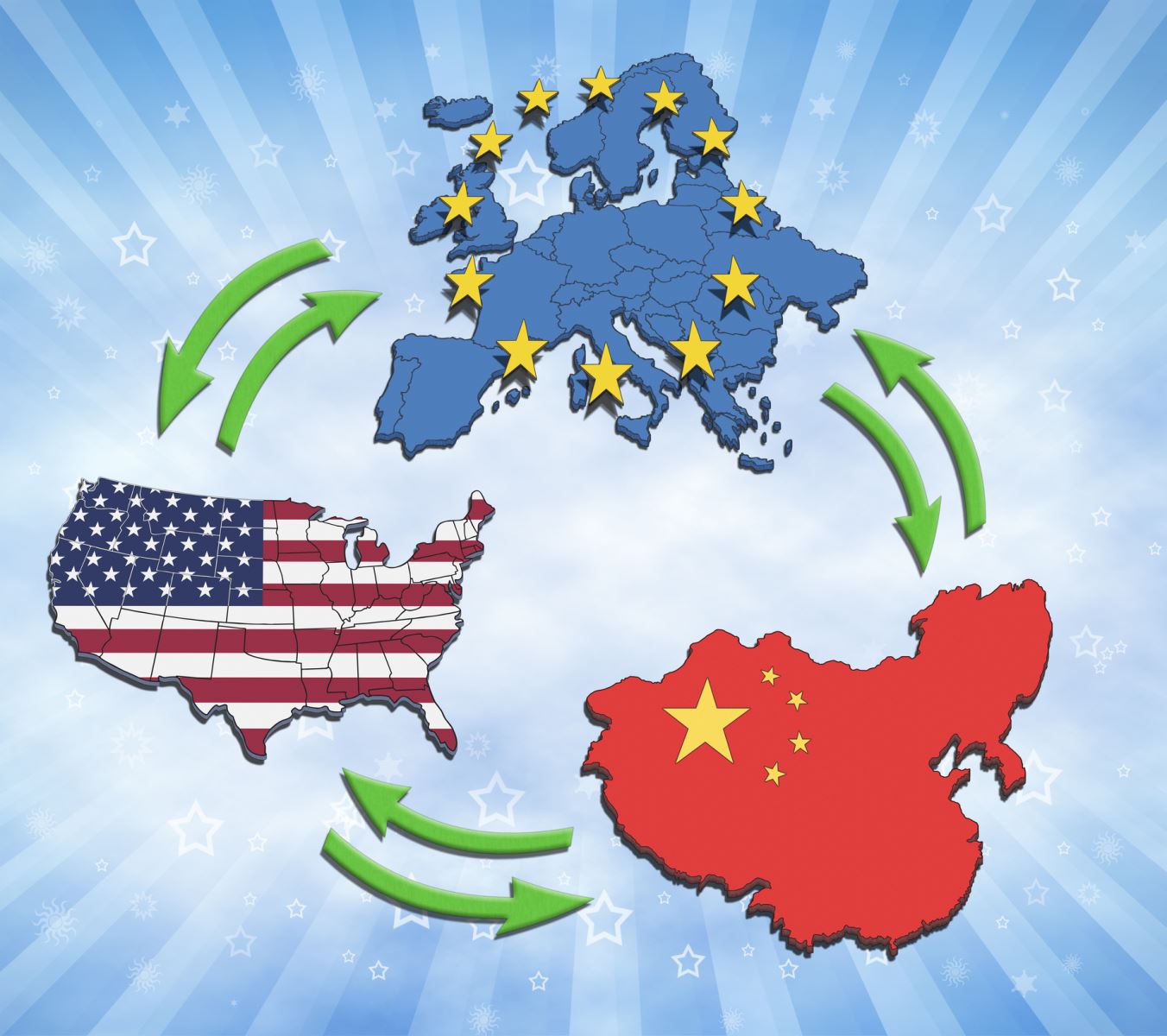


 00:43:31
00:43:31
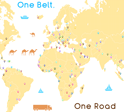
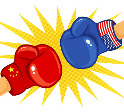





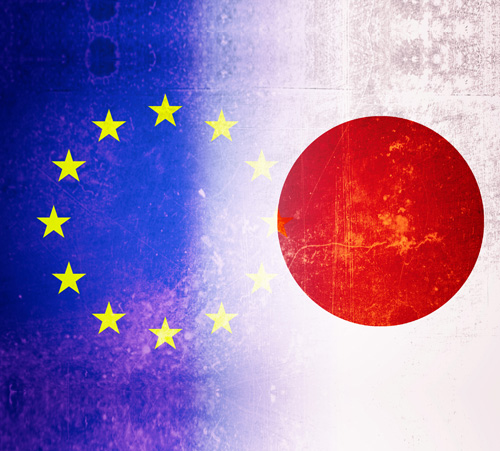





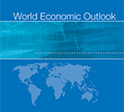
.png)
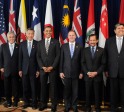

.png)
.bmp)


.bmp)


.bmp)
.bmp)


